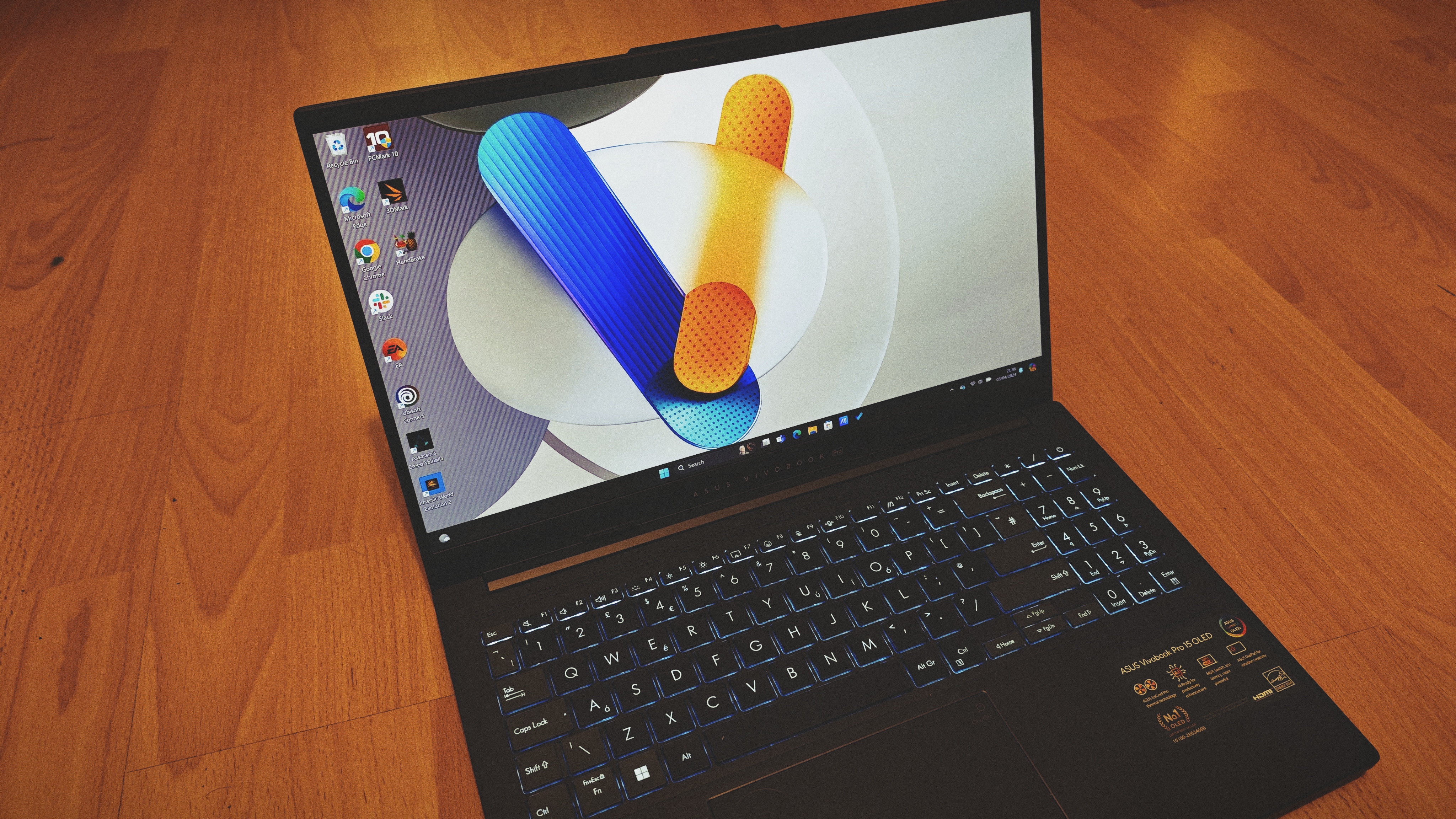
The ASUS Vivobook Pro 15 OLED (N6506) enters a crowded market, not only of £1000-£2000 prosumer laptops with good screens and gaming credentials, but also among ASUS laptops themselves. We've only just recently reviewed its larger sibling, the Vivobook Pro 16, and last year we reviewed this laptop's predecessor, the AMD-powered (but NVIDIA graphics-equipped) 2023 edition of the Vivobook Pro 15, so why review this one?
One reason: Intel Core Ultra. Equipped with Intel's first NPU-aided processor, the 14th-gen Intel Core Ultra (the mid-spec 155H in this one), we wanted to see how things have evolved from last year's already impressive entry.
Now I've had over a month of living with the new Vivobook Pro 15, not just playing games like NBA 2K, Jurassic World Evolution, F1 '23, Assassin's Creed: Valhalla and more, but also (and perhaps more importantly to you, my dear reader) working on software like Photoshop, Lightroom, video editors, 3D programmes and doing everyday work on it too, including writing this very review. And after that month-plus, I can attest that things are only getting better.
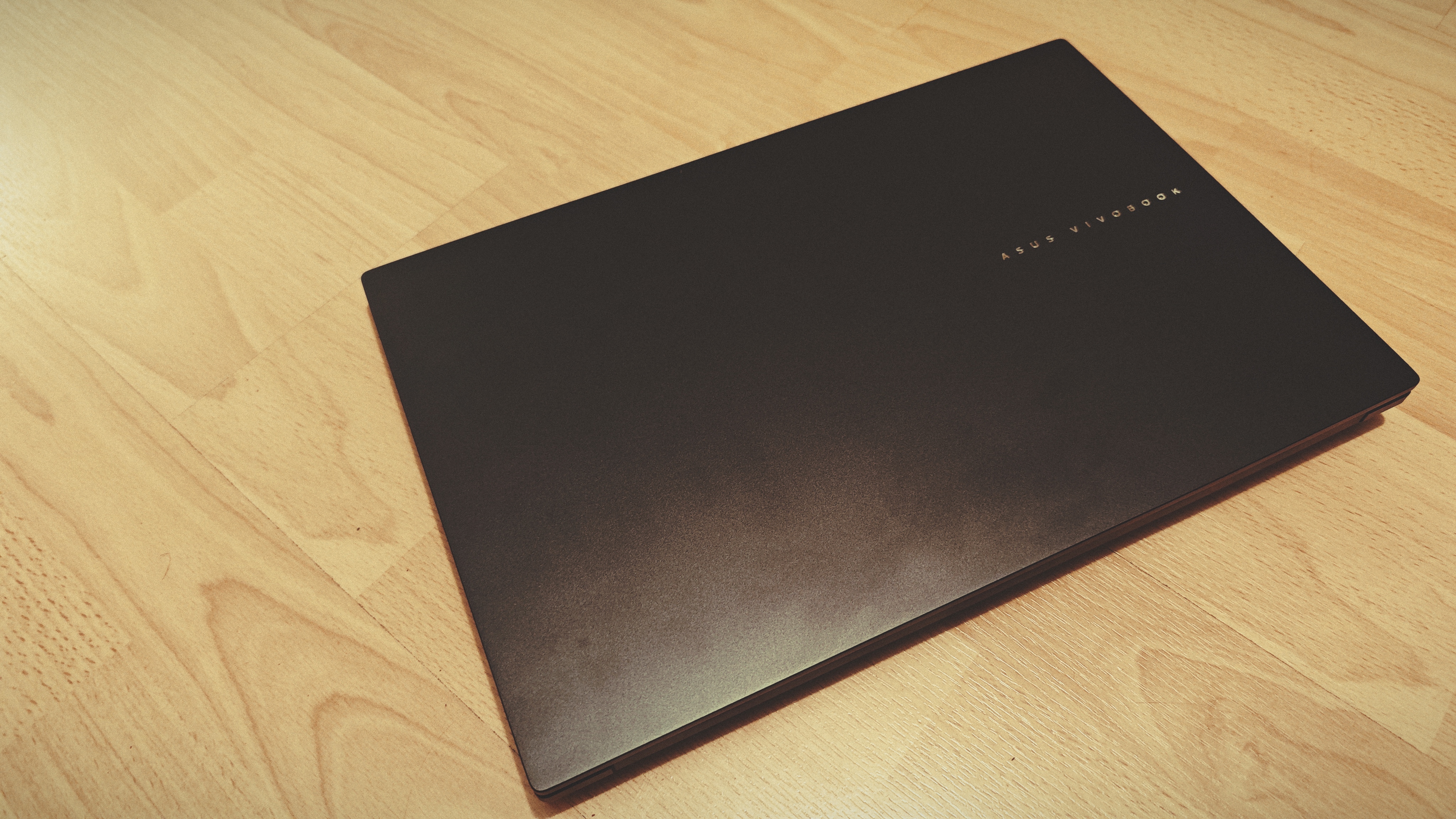
ASUS Vivobook Pro 15 OLED (2024): Key specifications
ASUS Vivobook Pro 15 OLED (2024): Design and build
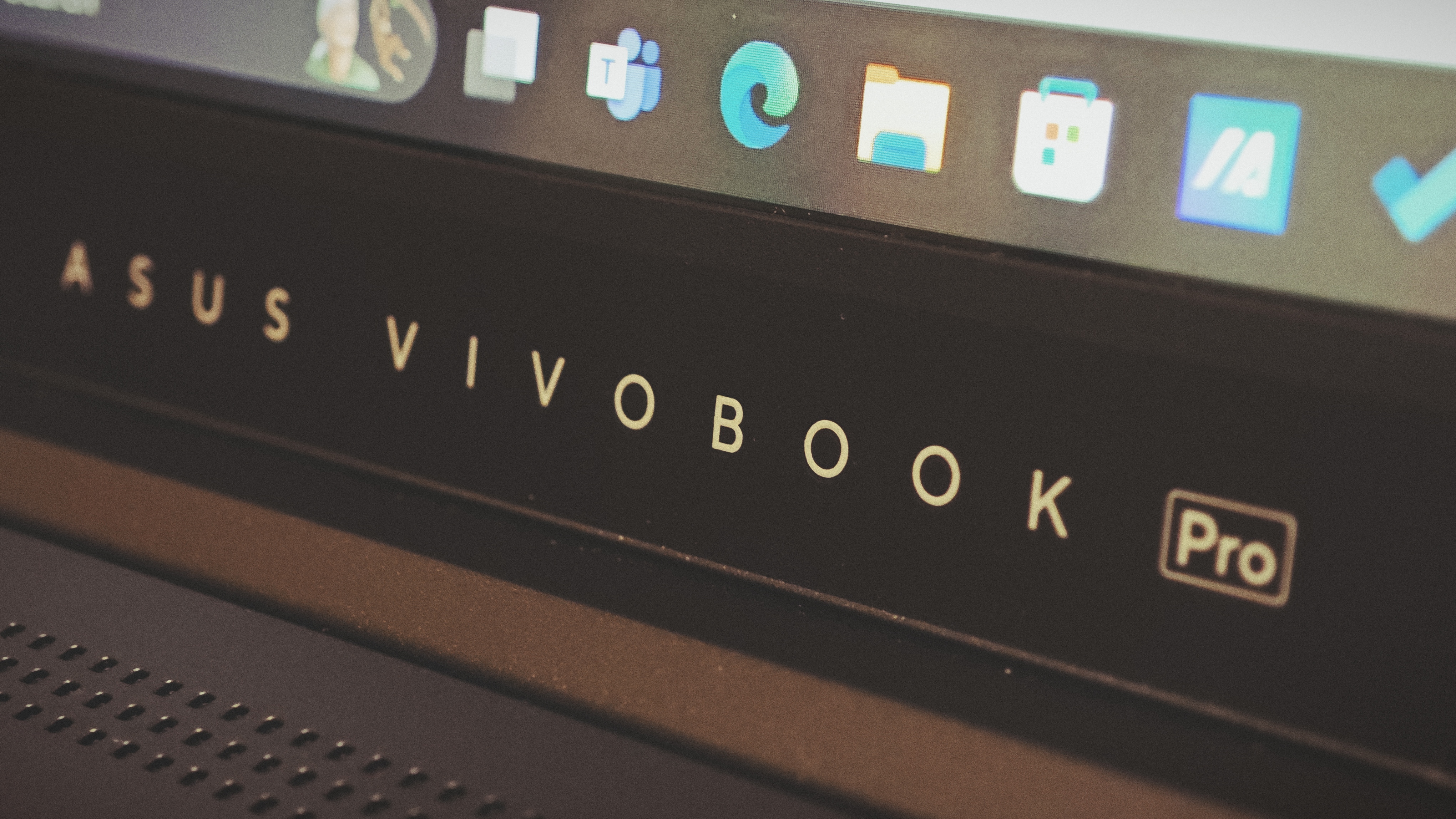
On the outside, things haven't changed much from last year's Vivobook Pro 15. The metallic-lid design of the slimline chassis is near-identical to the previous generation, with marginally smaller bezels reducing the width by about 4mm, while the depth and thickness is almost the same as before. It comes in two colours, Earl Grey (near black) and Cool Silver (cool silver), with my review model the former, which I quickly became a fan of, apart from its propensity to highlight every speck of dust that would deign to fall on it (or maybe it's good because it meant I constantly kept it clean? Maybe.)
The keyboard includes my favourite, the numpad, on the right, without making the keys feel too small or cramped, even for my ten stubby thumblike digits.
The weight is identical to the previous model, smack-dab in the midrange at 1.8kg (3.97lb), so not an ultraportable but also not one of those heavy-assault-weapon gaming rigs, striking that same balance between portability and power that we were so impressed with last year.
The connectivity offering is also still one of the best among laptops of this size, with a Thunderbolt 4 port that supports power delivery and an external screen alongside another USB-C port, a USB-A 3.2 port, an HDMI port, a DC outlet, combo audio jack and - please save your applause until the end, photographers - an SD 4.0 card reader.
Like with most ASUSes in recent years, the screen is the main attraction, though. Here we get a gorgeous 15-inch 3K OLED screen that topped out at 617 nits in my testing, which means the company's claim of a vivid 600-nit peak brightness is actually underselling the real thing.
ASUS Vivobook Pro 15 OLED (2024): Features
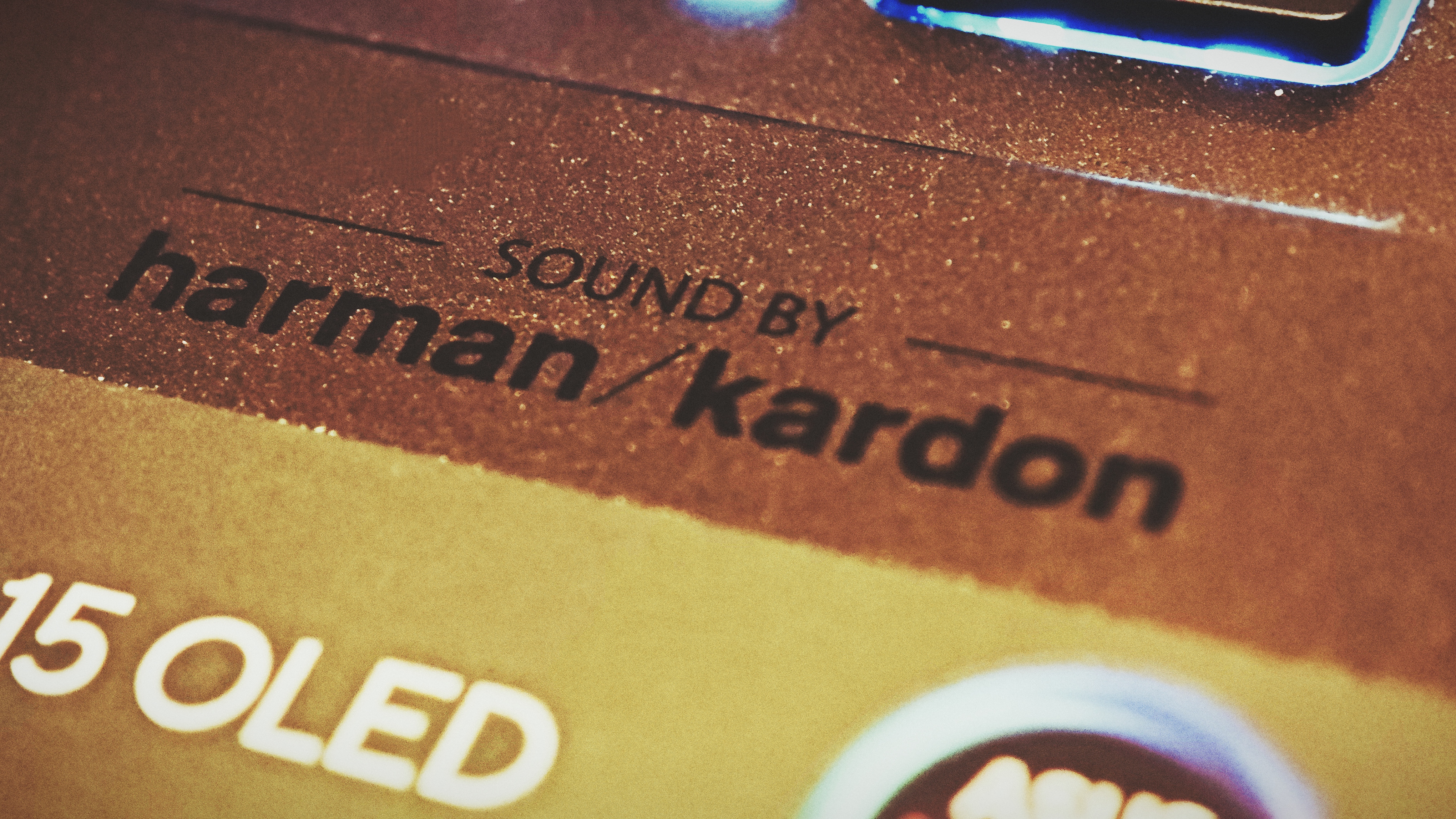
ASUS has been one of the most innovative, risk-taking laptop makers out there when it comes to features for creatives. Unfortunately we don't get a touchscreen this time around, but it's so bright and sharp that I can forgive that, and the 180-degree hinge that can lay the laptop flat is still here, which is helpful for presenting your contents to a group, although without the touch functionality, the potential for it aiding artworking or drawing goes unused.
The ASUS DialPad is tucked into the responsive touchpad, and it's stacked with creative-friendly support on the inside too, including MyASUS, GlideX and ScreenXpert for optimising your visual workflow and graphic performance.
There's a GeForce RTX 4060 graphics card on board, which performed admirably both with 3D tasks, Photoshop and gaming (and I've put the benchmark scores to back that up below), and it makes the most of the 120Hz, 3K screen, with the ray-tracing adding a gorgeous shine to my gaming sessions in particular.
The colour gamut is truly pro-level too, with 100% DCI-P3 coverage, a Pantone certification and functionally infinite contrast ratio (rated at 1,000,000:1, which has entered a realm imperceptible to the human eye), and I very quickly started preferring to use the smaller OLED screen over my 27-inch second screen when working on any photos, videos and imagery.
ASUS Vivobook Pro 15 OLED (2024): Performance

The AI-boosted NPU that has been introduced to Intel's new processor, the 14th-gen Intel Core Ultra, is clearly having some effect on streamlining processing tasks, even though claims of 50-100% increase in graphic power by Intel aren't quite there. What I noticed during my extended time with the Vivobook Pro 15 was that app start-up felt smoother than before, because the NPU took over the processing of that, helping the 16GB RAM on-board to make sure things kept moving smoothly.
And benchmarking brought into light some impressive results too. Geekbench 6 and Cinebench 2024 scores were remarkably close to last year's Acer Predator Helios gaming monster, and despite only 16GB of RAM (as opposed to 32GB in many high-end creative/gaming laptops now) PCMark 10, 3D Mark and Handbrake scores were hugely impressive too. Digital Content Creation scores in the PCMark 10 test were particularly noteworthy, with a score of 9,496 indicating it's an ideal choice for video editors, streamers and even some 3D pros.
On top of that, my Handbrake test, where I take an 11-minute long animated 4K video file and render it to a 1080p film, the Vivobook shone. It churned through it in 4 minutes and 36 seconds, which is up there with other pro-level creative laptops, and, again, close to my current record holder, the Acer Predator Helios, and its 4-minute, 11-second score.
To back up the gaming credentials of the Vivobook Pro, it's stocked with a big 125W charging brick to be able to go all out on its ray-tracing and 3D processing without you sweating the prospect of the plugged-in cable not keeping up. I had no problems with fairly big and graphic-intensive games, including big sims like Jurassic World Evolution 2, and faster-paced RPGs and FPS games, as well as churning through the motion demands of F1 23 and NBA 2K23 with ease.
In general, the 14th-generation Vivobook Pro 15 upped its scores by about 10% over last year's model, which considering the value proposition that already offered, has to be seen as impressive.
I loved using it as my day-to-day laptop, with quick startup and a gorgeous, eye-strain-friendly screen making life very good indeed. Watching video was also a treat, with the true blacks and fantastic colour reproduction making both new live-action, black-and-white films and animated TV a joy to watch.
As almost always with laptops, claims of 'powerful, immersive sound' remain in the realm of fantasy, but harman/kardon has done its best to provide a serviceable midrange sound quality here, although it's still lacking in both highs and lows.
ASUS Vivobook Pro 15 OLED (2024): Price
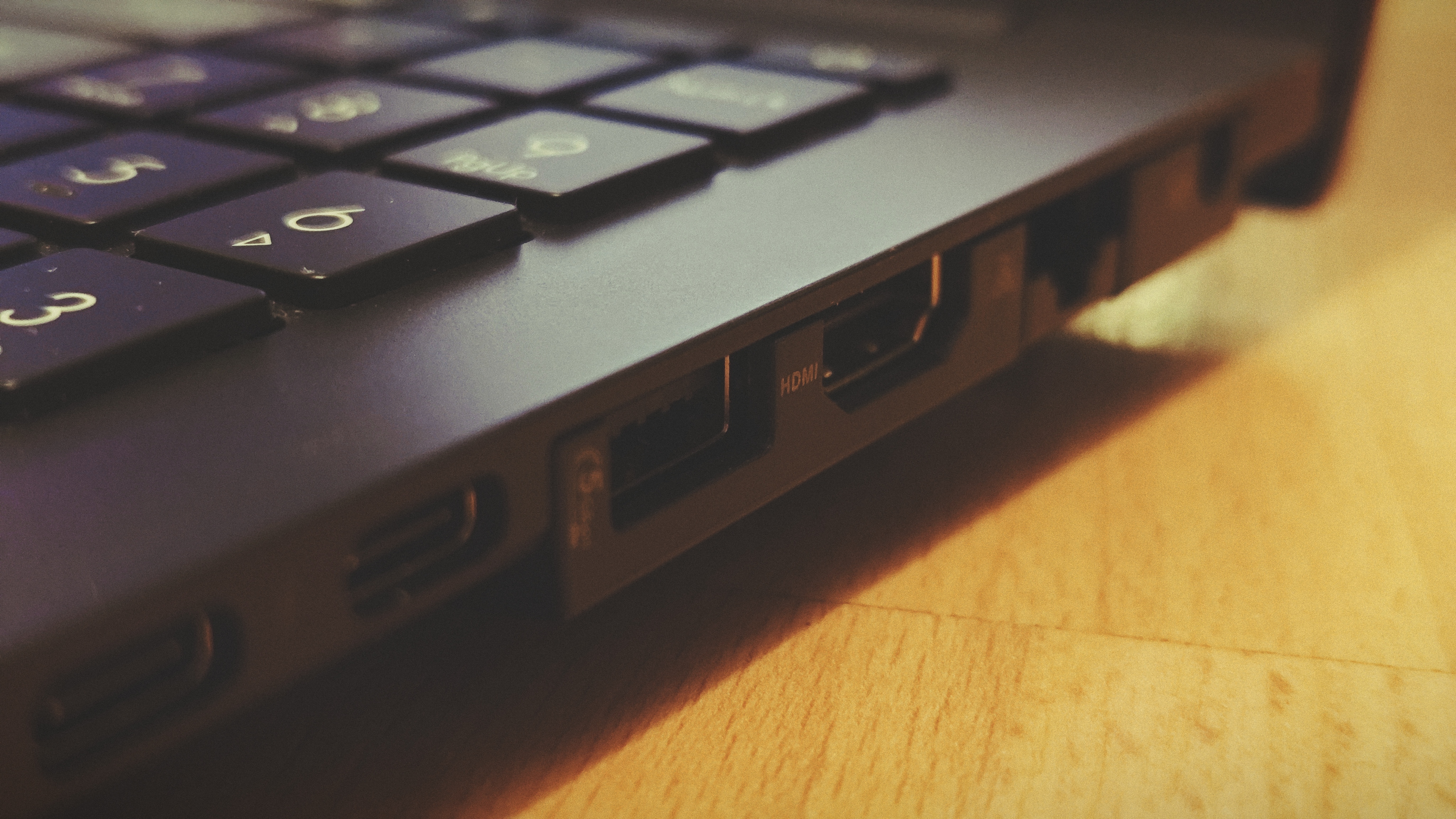
Last year's Vivobook Pro 15 came in at around £/$1,499, but the Intel Core Ultra variant (look for model N6506) is currently retailing at £/$1,599 before discounts or sales events. Judging by ASUS' previous sale patterns, if you find this price too steep and are willing to wait, you can start to expect discounts in the later half of this year. That's a teeny bit higher price tag than the new M3-powered MacBook Air, but it also outperforms the Air handily in both Geekbench and Cinebench tests, so you're getting a more capable creative device, and one that can also handle some serious gaming.
Should I buy the ASUS Vivobook Pro 15 OLED (2024)

Really, the only reason not to buy the 2024 ASUS Vivobook Pro 15 is if you have the 2023 ASUS Vivobook Pro 15. It's an iterative but noticeable upgrade to that model, and offers a fantastic balance of performance, screen splendour and price, with graphics performance reaching into true professional territory for a price well under £2,000. It's an all-rounder, but one for someone with serious aspirations in at least one of the creative or gaming realms. The only notable downside is that the screen isn't a touchscreen, and a numpad that's just a teeny bit cramped (but just a teeny bit), and those aren't big grumbles. ASUS is on a serious roll at the moment, and the 2024 Vivobook Pro 15 OLED is another entry into a growing win column.







